A group of Chinese scientists has successfully decoded the cold-resistant mechanism of Syntrichia caninervis - a desert moss species that can survive in harsh conditions and may even play an important role in the future "reclamation of Mars".
The study was conducted by the Xinjiang Institute of Ecology and Geography, under the Chinese Academy of Sciences, and was published in the journal Plant, Cell & Environment on February 7.
Syntrichia caninervis is known for its ability to withstand desiccation, freezing temperatures, and gamma radiation. It has previously been shown to survive simulated conditions on Mars, raising hopes for its use in space missions.
To understand how moss adapts to the cold, the team performed RNA sequencing on hydrated moss samples placed in environments at 4°C and -4°C. They tracked gene expression over time to identify mechanisms that respond to cold stress.
The results revealed important mechanisms such as sugar and energy metabolism; lipid metabolism and antioxidant mechanisms.
Notably, most genes involved in photosynthesis were more active as temperatures dropped, suggesting that the moss can adapt its metabolism to survive in cold environments.
The most notable discovery in the study was the role of the A-5 DREB gene group, especially ScDREBA5, with an auto-regulatory mechanism that is 1,000 times more active in cold. According to scientists, this could be the “key” to helping this moss survive in freezing conditions.
"This study not only helps us further understand the cold tolerance mechanism of Syntrichia caninervis, but also provides important data for developing crop varieties that can withstand harsh environmental conditions," said Dr. Li Xiaoshuang, lead author of the study.
According to Thanh Phuong/VNA
Source: https://doanhnghiepvn.vn/cong-nghe/reu-sa-mac-co-the-mo-duong-cho-su-song-tren-sao-hoa/20250209032354746



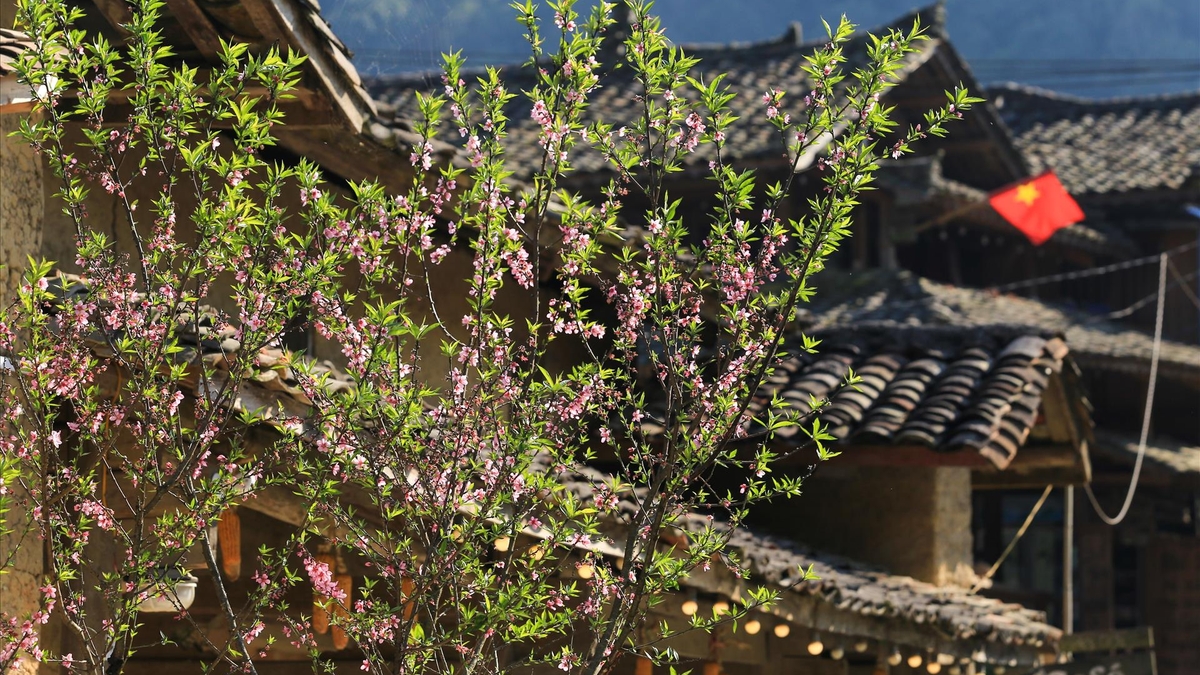

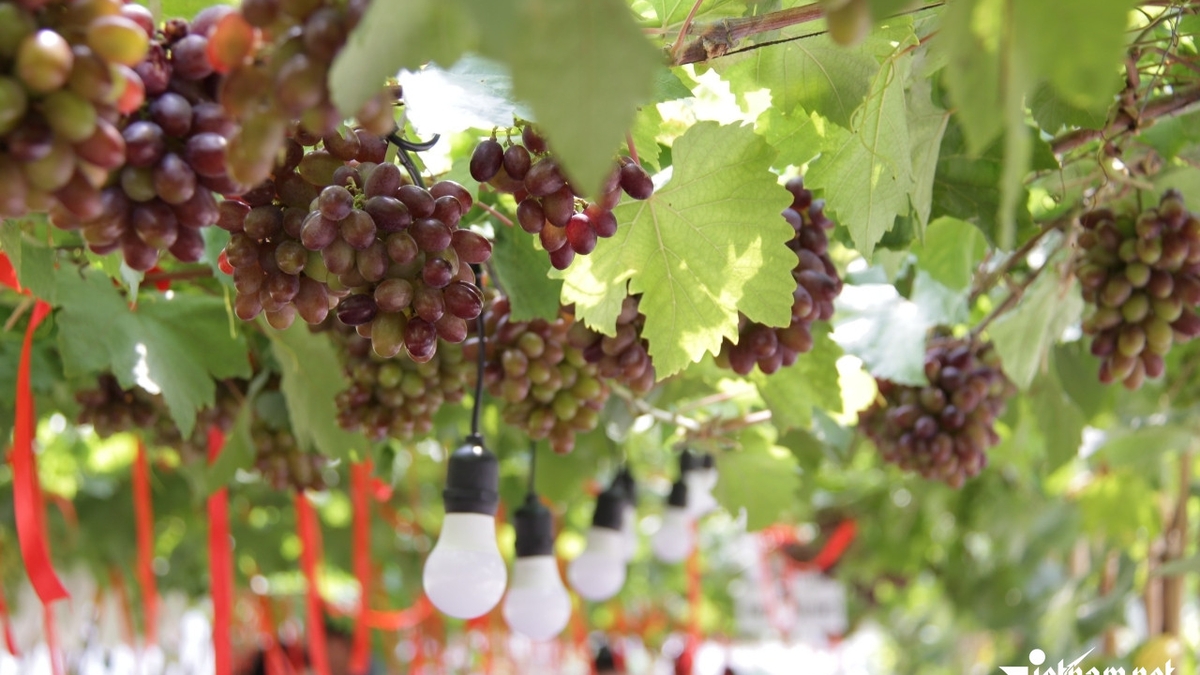








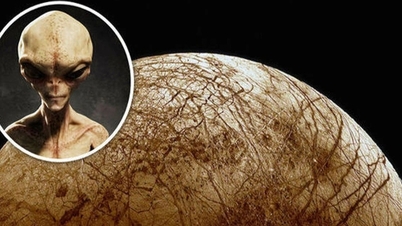

























![[Photo] General Secretary To Lam and National Assembly Chairman Tran Thanh Man attend the 80th Anniversary of the Traditional Day of the Vietnamese Inspection Sector](https://vphoto.vietnam.vn/thumb/1200x675/vietnam/resource/IMAGE/2025/11/17/1763356362984_a2-bnd-7940-3561-jpg.webp)









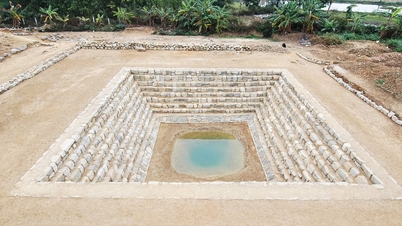



























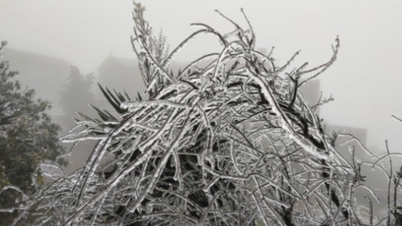






















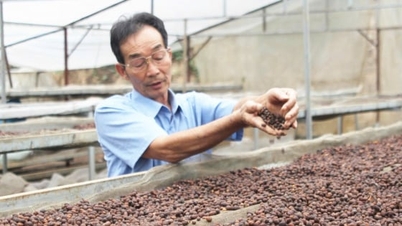
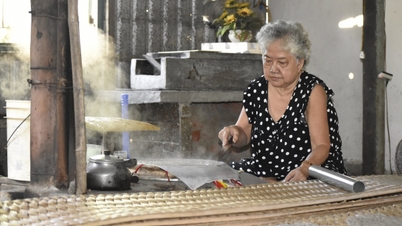








Comment (0)